After I wrote my recipe for Potato, White Bean & Rosemary Soup, I thought about writing an enticing, clever lede.
I realized quickly this was not an easy task.
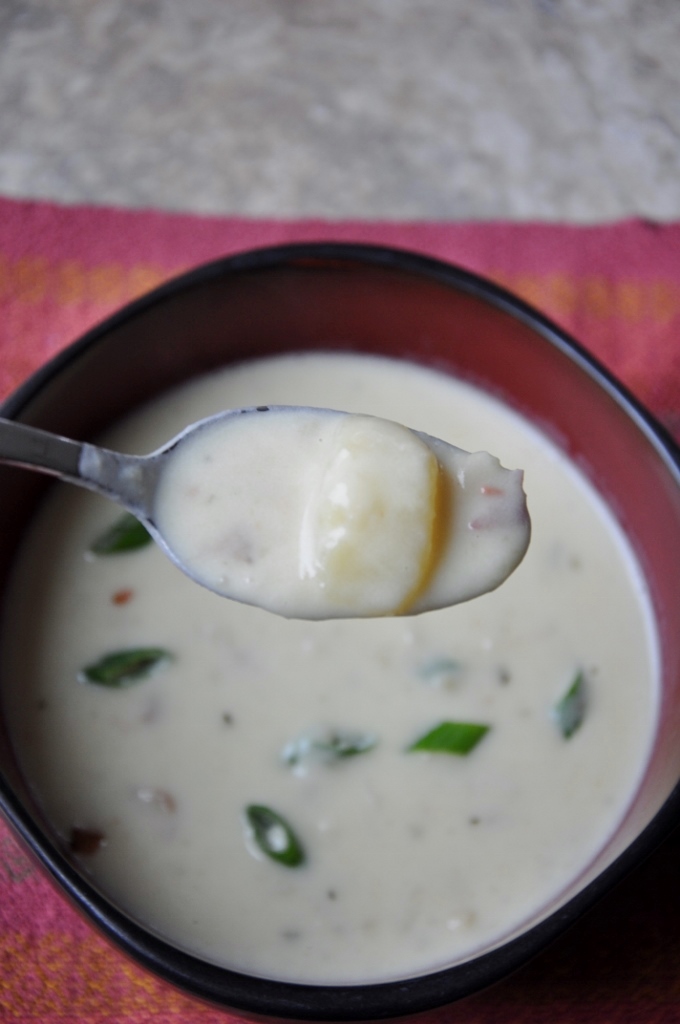 I mean, what could I say about potatoes that hasn’t been said before? And what do I really know about potatoes? Other than the fact that I love to eat them, whether French-fried, baked, mashed, roasted, baked in casseroles and simmered in soups, a potato is satisfying and versatile.
I mean, what could I say about potatoes that hasn’t been said before? And what do I really know about potatoes? Other than the fact that I love to eat them, whether French-fried, baked, mashed, roasted, baked in casseroles and simmered in soups, a potato is satisfying and versatile.
One thing I know: eating potatoes equals comfort.
Usually the potato is not the star of the plate, but rather the sideshow. Even in my recipe, I added white beans and rosemary, not content to let the spud shine.
To see if I could uncover a few potato facts worth a lede, I explored the history of the potato. I turned to Alan Davidson’s The Penguin Companion to Food (an encyclopedia of sorts).
The entry for “potato” filled three plus pages.
No worries-I won’t bore you will all the deets, but instead will share a few cool facts.
Like cheese, fats and oils, fish, maize, noodles, onions, pig, and other staples, potatoes are an important core food in most parts of the world. No surprise there, right?
But according the Davidson’s Companion, the wild potato has its roots in Chile around 11,000 BC and the cultivated potato around 5,000 BC, not Ireland.
Um. Insert eye roll and hot, creeping heat to my cheeks and ears. I always associated my relationship to potatoes as somewhat of a romantic notion being of Irish descent and all. Potatoes were like a birthright of sorts. So I thought potatoes originated in Ireland. More eye roll. And I call myself a food writer? Please.
I digress.
- Ireland established it roots with the potato during the 16th century . Of course who doesn’t know about the Great Potato Famine of 1845 when one-third of Ireland’s population relied exclusively on the potato for its sustenance?
- The more I uncover, the more I can’t stop digging. Is that geeky or what?
- The layer under the skin of the potato, only millimeters thick, has the most nutrition and flavor. I knew that.
- There are over 4,000 varieties of potatoes, according to Wikipedia, and John Roach in “Saving The Potato in its Andean Roots,” National Geographic, 2002.
- White, orange, red, yellow, blue, coin-sized, fingerlings, round, gnarly, or smooth, each potato is unique.
- Digging a little deeper (I couldn’t resist) each variety has its own particular culinary attribute. Now we’re getting somewhere.
- The most important distinction about a potato for a cook is to know is if the potato is waxy, starchy (floury), or all-purpose.
Here are a few know-your-potato tips (paraphrased from food writer Megan J. Headly):
- Use waxy types (red-skinned and fingerlings) for soups, salads, roasted, gallates, pizza, or scalloped potatoes.
- Use floury, or starchy potatoes (russets and sweets) for mashed dishes-but not too much or they’ll turn gluey, baking or frying.
- Use all-purpose (the work horse and default potato-Yukon Gold, blue and purple,) for all other purposes.
The chemical composition of the potato determines it suitability to certain cooking techniques. But no worries, I won’t get into that here.
Before we explore more, yes, there is more cool potato stuff to discuss! Here is a great one-minute video about buying and storing potatoes from Potatoes…Goodness Unearthed.
M. F. K. Fisher, American writer of food, travel and memoir, wrote about the how, what, and why of the potato.
- What do you smell for instance when potatoes are baking?
- What’s happening in the kitchen? Is It chaotic, or do you watch I Love Lucy re-runs while you’re mashing your spuds?
- Why are you making scalloped potatoes? (a labor of love if I ever knew one) For Easter brunch or your twenty-year wedding anniversary?
Growing up, we ate diced, peeled potatoes boiled with cabbage and a ham bone for flavor. In the 70s-a time of boxed-food and much leaner times for my family, we ate dehydrated potatoes reconstructed with skim milk and water, then topped with spicy chili. And McDonald’s French fries were my absolute favorite teenage snack.
Other things to consider according to Fischer. How are your potatoes grown? Under duress, in organic soil, a vertical cage, in your backyard or a cultivated farm?
Potatoes need room to grow, this much I know. I watched sweet potatoes takeover a 4’ x 12’ garden plot and the surrounding area of a community garden in Orlando, Florida a few years ago. (Not mine, btw.)
You probably have your own memories of potatoes, the how, when and why you eat them.
Maybe you’re vegetarian and the potato gets the leading part on your plate.
Nutritionally speaking, potatoes are high in Vitamins C and B-6, low in fat, cholesterol, and are a good source of protein, potassium, and iron.
What’s not to love?
On another note, we can’t forget Mr. Potato Head, the Hasbro 50s toy, whose official birthday is May 1, 1952 for you toy history geeks. Here’s a site dedicated to Mr. Potato Head history, humor and more.
I haven’t met anyone who doesn’t like to eat potatoes. I will go as far to say I don’t know anybody who doesn’t like to eat potato soup. I’m not considering the cold variety-vichyssoise, just the hot, slurp-to-the-last-drop variety. Potato soup is one of those foods that screams comfort, history, memories, family, warmth and every-day-happiness.
In my Potato, White Bean & Rosemary Soup recipe, I added white beans and rosemary to create a I-feel like-I’m-on-vacation potato soup. Cause you know how food always tastes better when you’re on vacation?
That’s how I liken this soup-for those days when you want just a dash more texture, flavor, and pizzazz whether you’re at the beach, skiing the Andes, or hanging with your family and friends in the ‘hood.
Appetite required.
Vacation optional.
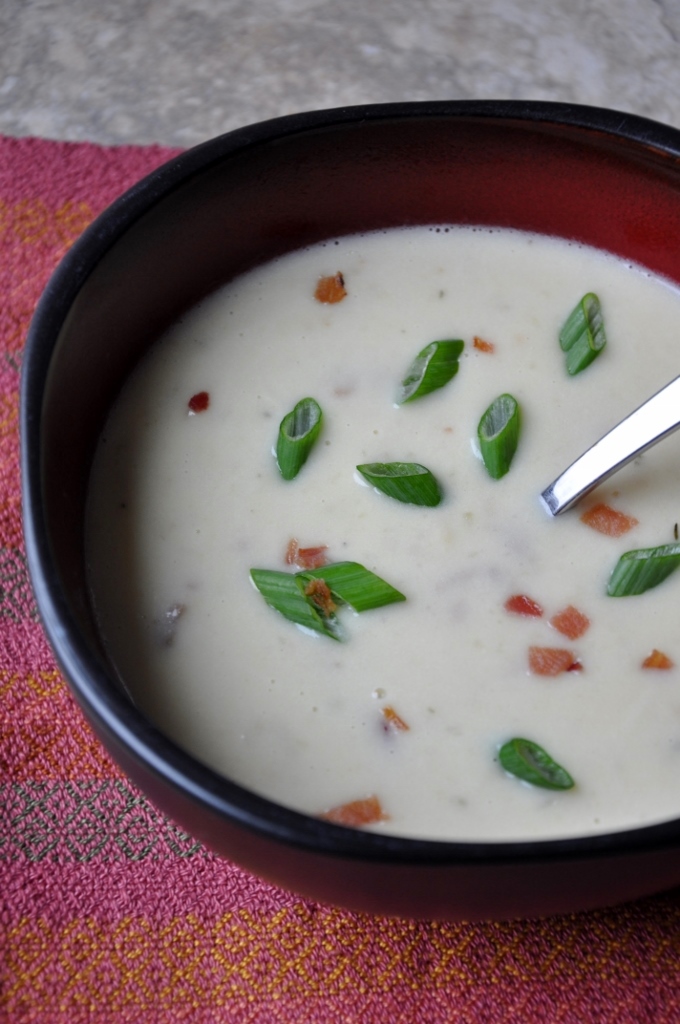 Potato, White Bean & Rosemary Soup
Potato, White Bean & Rosemary Soup
Ingredients
- 2 slices bacon, chopped
- 1 tablespoon olive oil
- 1 medium yellow onion, diced
- 1 can white northern white beans, rinsed and drained
- 3 cups chicken stock
- 5 large Yukon gold potatoes, peeled and cubed
- ½ cup cream, plus several tablespoons
- 1 tablespoon chopped rosemary
- ½ teaspoon Kosher salt, plus more to taste
- 1/8 teaspoon fresh ground black pepper
- In a medium pot, add potatoes and fill with water to cover an inch over the top. Cover and bring to a boil over high heat, then reduce heat to medium with a vented lid and cook, about ten to twelve minutes, or until for tender.
- While the potatoes are cooking, in a large stock pot, brown bacon over medium heat, about five minutes.
- Add olive oil and onion. Stir and cook about five minutes, careful not to brown onion, reduce heat to medium low if necessary.
- Add chicken stock and white beans. Stir.
- Remove half of the potatoes with a spider strainer and place in the soup pot. Reduce heat to medium low.
- Drain the remaining potatoes.
- In the same pot, add the cream, using an immersion blender, (or transfer to a food processor), whip potatoes and cream on high to purée to a smooth silky texture. (Thank you April Bloomfield for this technique.)
- Add the creamed potatoes to the soup. Stir.
- Add chopped rosemary, ¼ teaspoon salt and black pepper.
- Stir and remove from heat.
- Taste and adjust with salt if desired.
- Serve immediately.
- Cover and refrigerate any unused soup for up to one week.
Thanks for stopping by,
Maureen
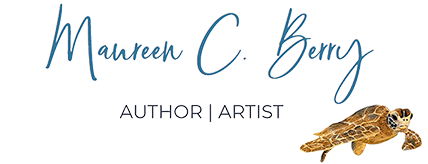
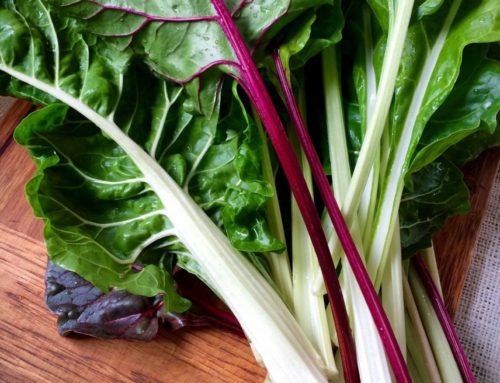
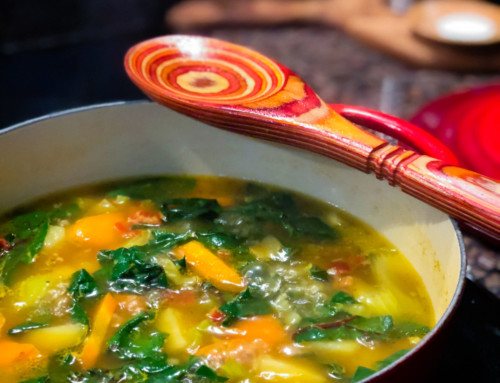

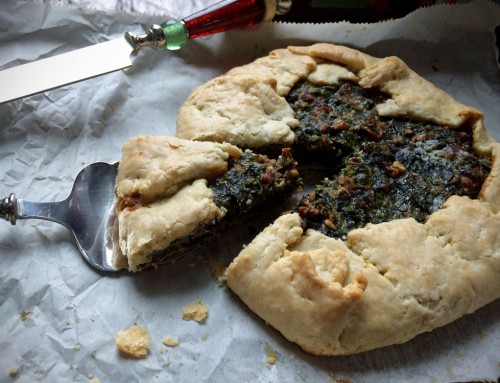


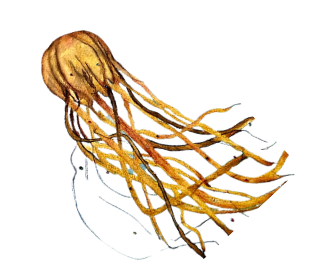

DON’T trust anyone that doesn’t like potatoes! This soup looks really good, especially since it’s actually dropped to the 60’s now! I also like the addition of the beans, to make it heartier. And… I liked your lede, it got me to read more, fo sho!
So true Diva! Thanks as always for stopping by.
This soup looks comforting and delicious! Perfect for these super cold days we’ve been having!
Oh my goodness. It’s been so long since I’ve been here to see this! And I’m making potato soup again!
Thanks for stopping by Victoria.
Maureen,
I hadn’t thought of having potatoes and white beans in a soup together until your recipe! I love this idea! Thank you for sharing!
Thanks Barb. So good to see you drop by! I think I made this three times since the initial recipe. Of course my husband doesn’t want potato soup any other way. Sometimes I let him be the boss. 🙂